
Many Amazon sellers are familiar with the Seller Fulfilled Prime (SFP) program – it allows you to pick, pack and ship orders on your own, while still featuring the coveted Prime badge on your listings. It makes your products more accessible to the roughly 150 million US Prime members, while giving you flexibility and autonomy over your order fulfillment.
Amazon launched the program in 2015, when they were facing capacity issues in their warehouses. As their warehouse space couldn’t keep up with the growth in Prime membership, they launched SFP allowing sellers to fulfill orders from their own warehouses or utilizing third party logistics providers (3PLs), provided they met various performance requirements.
Sellers know that while the program has benefits, it is extremely challenging for them to meet the standards that Amazon sets. Some merchants wonder – why do the extra work with SFP when you can hand over everything to Fulfillment By Amazon? So we’ll begin by taking a look at the differences between FBA and Seller Fulfilled Prime.
The Key Differences Between FBA and SFP
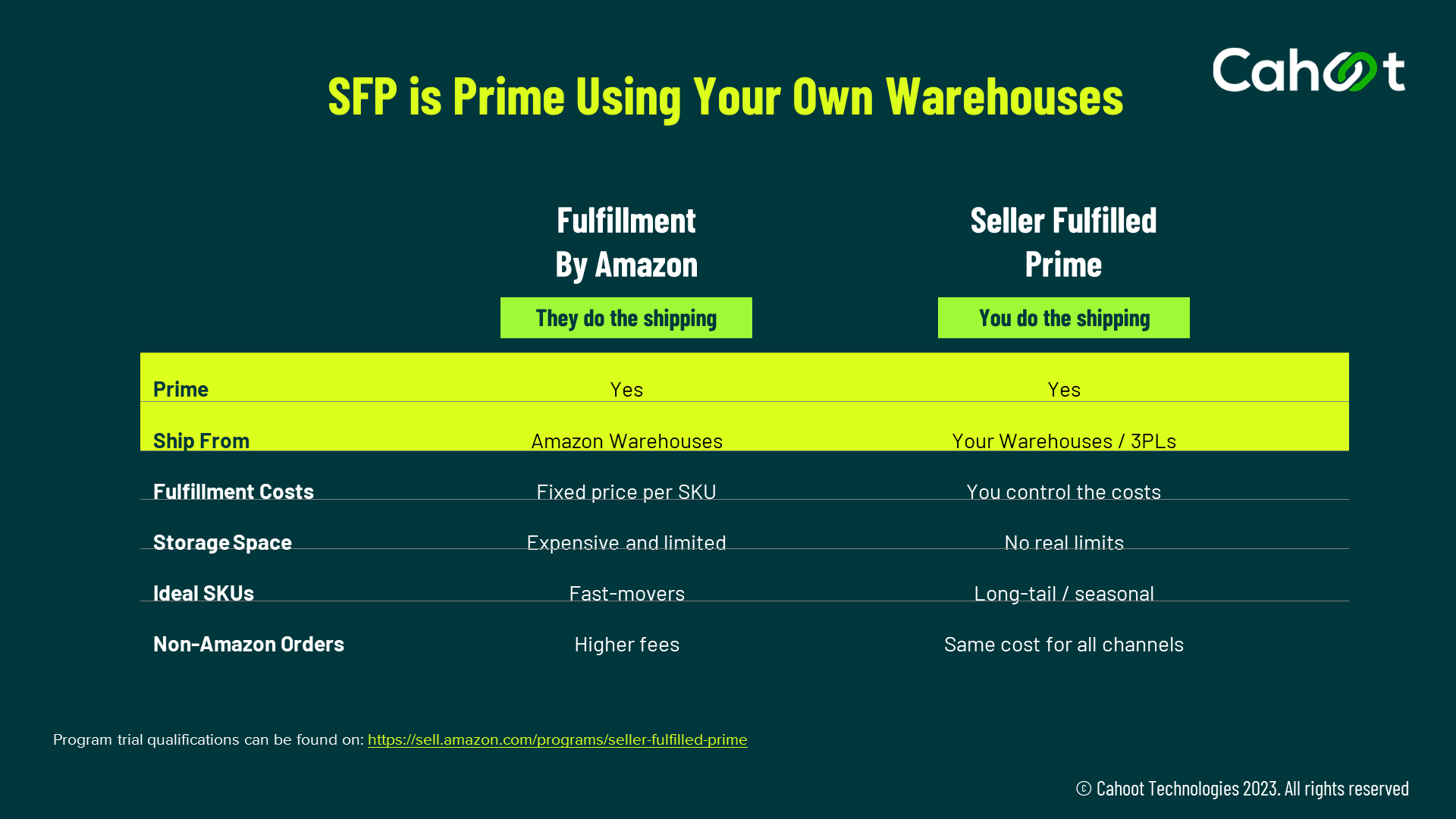
First, both programs will display the Prime badge on your product. This improves search ranking, buy box win rates and discoverability. Most of the time, shoppers are looking exclusively for offers that qualify for Prime delivery. By being Prime-eligible, you can boost conversion rates significantly.
If you’re using FBA, you must send inventory to Amazon warehouses. With Seller Fulfilled Prime, you send inventory to your warehouses or 3PLs.
For fulfillment fees, FBA charges a fixed price per SKU, which you can find out using the FBA calculator. With Seller Fulfilled Prime, costs vary by SKU because you must pay carrier and 3PL fees.
SFP has advantages over FBA on storage fees. Amazon warehouses have been short of space, driving storage fees higher. Q4 storage fees are 3 to 4 times higher than Q1-Q3 rates. In 2014, Amazon took 23% of the total sale value from sellers through various fees. Today, the ‘total take rate’, which comprises referral fees, paid advertising costs and fulfillment fees is almost reaching 50%. The Federal Trade Commission (FTC) referenced this in its recent lawsuit against the company.
If you have a fast moving item, FBA works great. However, with long tail or slow-moving SKUs, FBA’s storage fees kick in and become a drag on your costs. Secondly, FBA can be expensive for big and bulky items. Adding up all these fees, it’s clear that FBA offers great convenience, but is not always the most economical option.
Next, what if you want to use FBA’s infrastructure to fulfill orders originating outside of Amazon, say from eBay or Shopify? Amazon handles that using its Multi-Channel Fulfillment (MCF) service and charges higher fees. Whereas if you’re handling Seller Fulfilled Prime using a 3PL or your warehouses, you pay the same fulfillment fees across all sales channels – be it Amazon, Walmart or Shopify.
While SFP offers your brand meaningful benefits, the program is challenging. Many sellers shy away from it because they feel that Amazon holds them to even higher standards than the ones for FBA itself.
But first – if this program is so challenging, why is it worth doing it? What competitive advantages can it provide your brand?
The Competitive Advantages of SFP
- As we’ve discussed previously, SFP can offer meaningful cost savings if you’re looking to ship big and bulky items, or slow moving SKUs.
- Once you’ve got your Amazon Seller Fulfilled Prime infrastructure in place, you can use the same resources to fulfill orders across all your channels, including Walmart, eBay and Shopify. You also don’t have to pay different fees to fulfill orders across these various channels.
- There are certain specialized items that FBA cannot handle – for example, you cannot send chocolates during the summer because Amazon does not promise temperature control. If you have a warehouse or find a 3PL partner who can handle this, SFP can be a great option.
- Anecdotally, many merchants have seen problems with FBA’s inventory receiving. Items can be delayed or damaged in transit. This creates restock problems, which can be a big problem in peak season. This, coupled with rising storage fees, make SFP an attractive option.
- If you want all your items to arrive in Amazon branded boxes, then you can continue using FBA. On the other hand, if you’re trying to use packaging as a branding opportunity, you can lean into SFP.
If this sounds exciting, great! You can sign up for the SFP trial period today.
Amazon paused SFP enrollment for an extended period in September 2020. The program reopened three years later on October 1, 2023. Amazon also announced various changes to the program criteria that impact sellers significantly.
In the next section, we’ll examine these changes and their implications.
What has Amazon Changed in the October 2023 SFP Requirements?
There are 3 major changes in Amazon Seller Fulfilled Prime requirements:
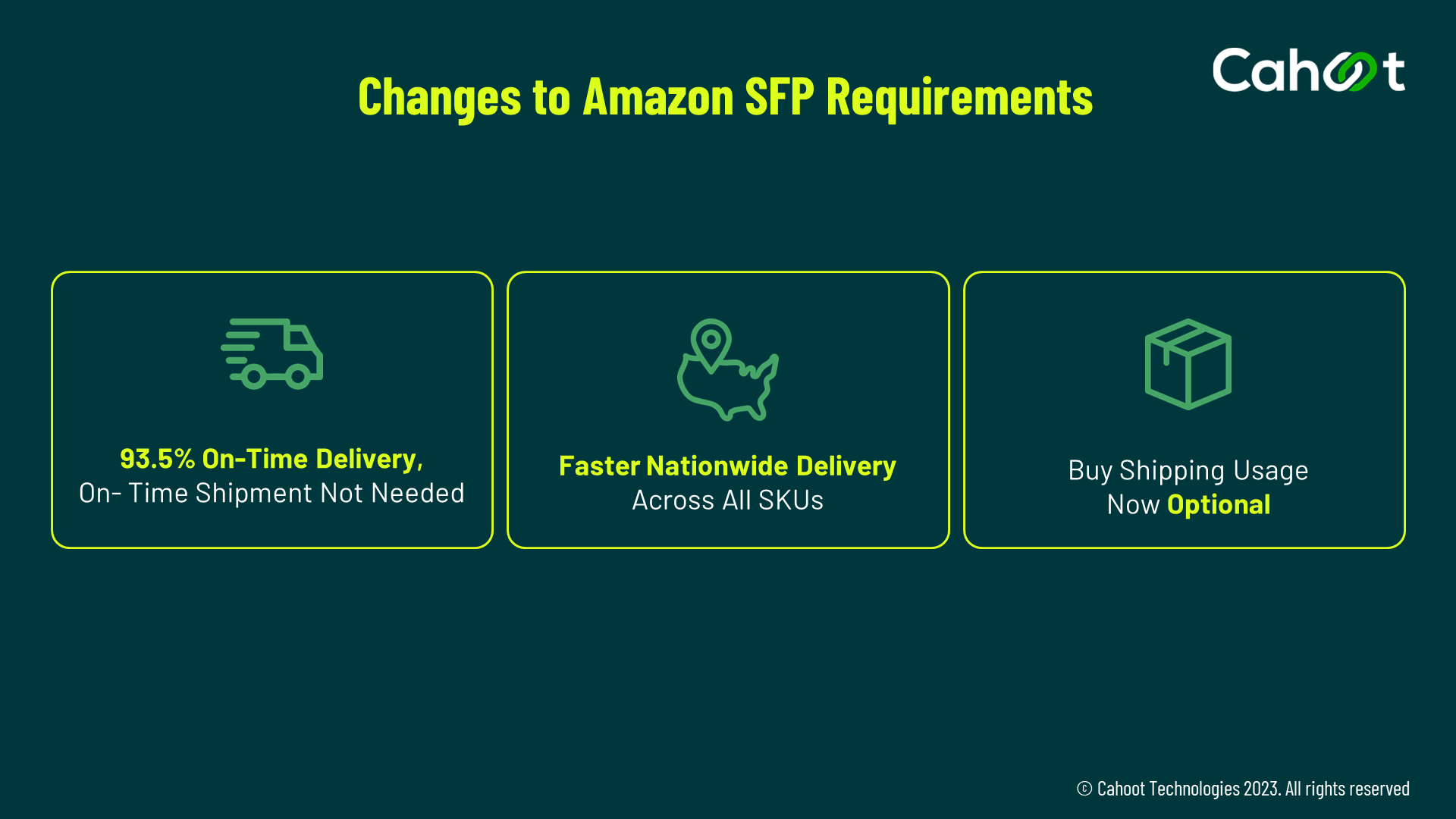
Let’s unpack the first:
On-Time Shipment Out, On-Time Delivery In
Previously, Amazon wanted 99% of orders to be shipped on time – this meant that all orders placed before the cut-off time had to receive a carrier scan that same day. Now, this has been replaced with On-Time Delivery. With On-Time Delivery, 93.5% of orders must reach the customer on time.
While it is good that carrier scan times no longer matter, sellers rely on carriers such as UPS, FedEx and USPS to help them meet the on-time delivery requirement.
What’s a real world scenario in which this could be a positive? Consider this example:
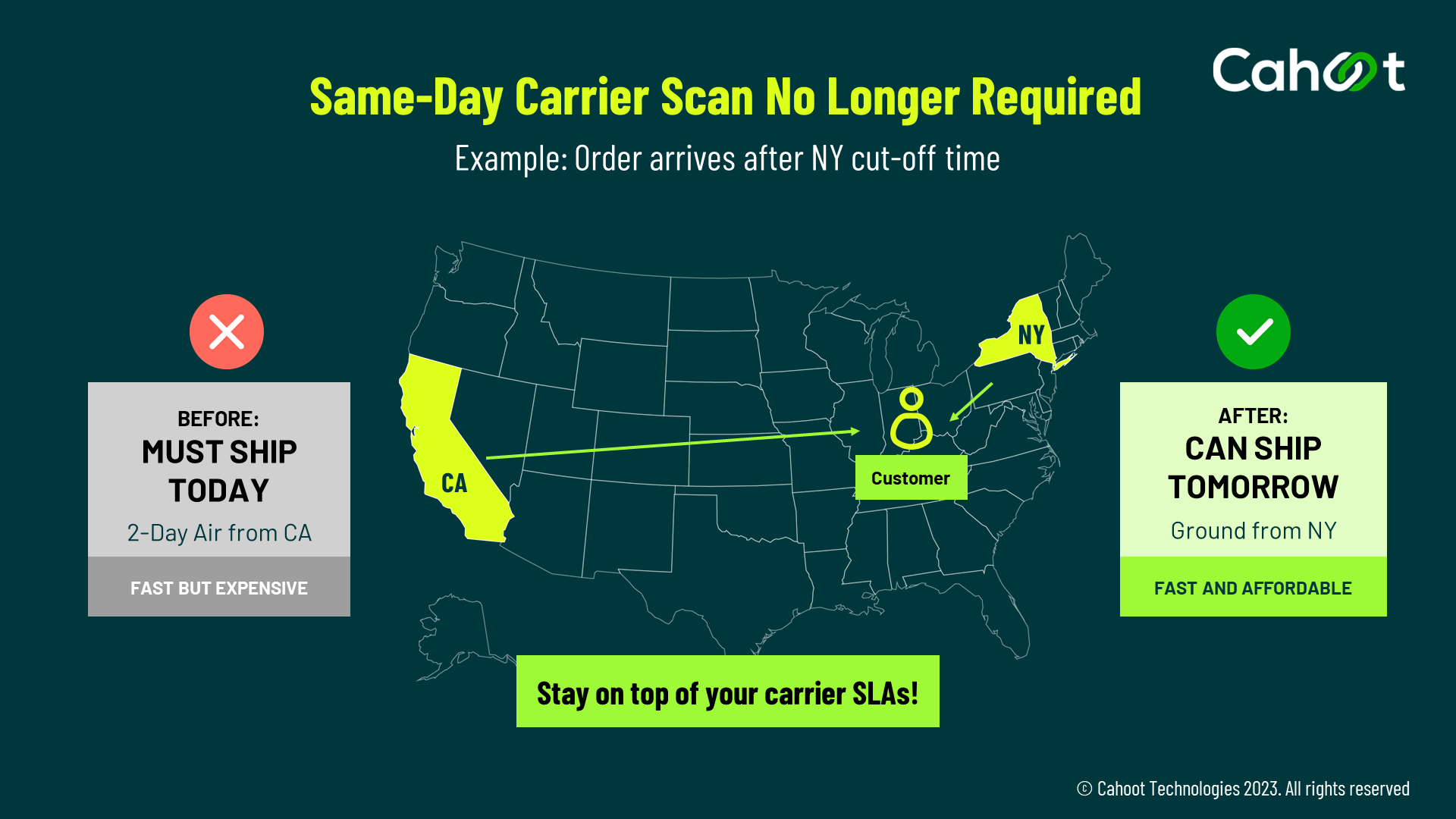
Let’s say you have 2 warehouses – one in New York, the other in California. You’ve received an order after the New York cut off time from a customer in Philadelphia at 4PM. However, it is still 1PM in California, which Amazon considers within the cutoff time. This rolling cutoff forces sellers to use expensive air services to meet the SLA.
However, now, the same order can be shipped from New York the following day, and it can arrive on time using affordable ground shipping.
Great Technology More Vital Than Ever
The key implication is that you need outstanding shipping software technology to compare warehouse locations, carriers and shipping services in real time and at scale to identify the lowest priced shipping label which can meet the delivery SLA on every order.
Your shipping software must be able to do three things – reduce and simplify the complexity of such a demanding program, free up your team’s time to focus on value-creating activities and help you save every last dollar and cent. Many sellers join SFP to save costs over FBA – but without the right technology, you could actually end up paying way more, with your money and time.
You Must Deliver Even Faster
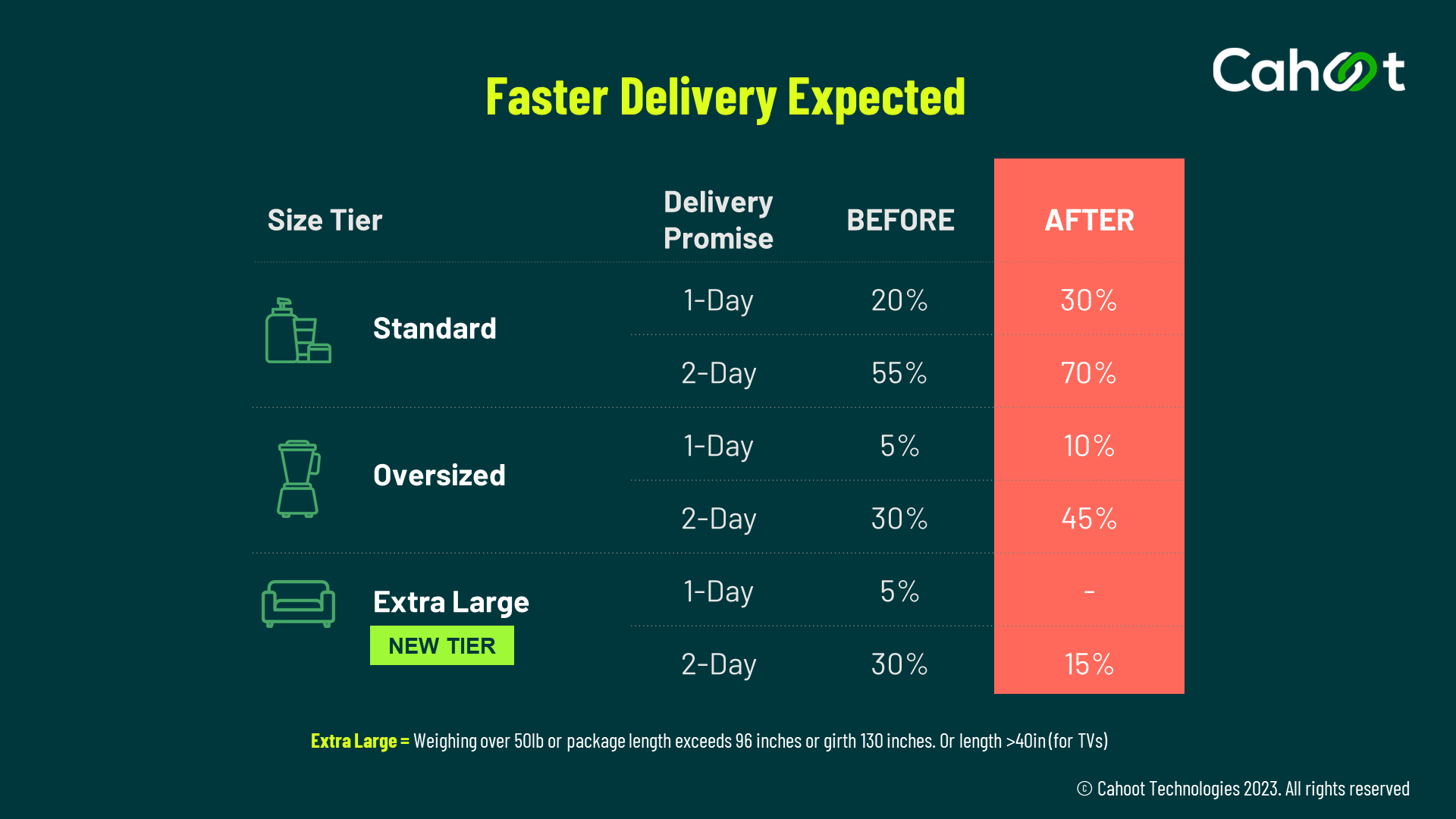
The next change is that Amazon now expects you to deliver orders even faster. Through this, Amazon is ensuring it maintains its lead over competitors like Walmart.
You now need to show 1-day delivery promises on 30% of product detail pageviews for standard sized products. That goes up to 70% for two-day deliveries.
This is the most important criteria to meet on Seller Fulfilled Prime. This metric is a rolling seven day average running from Sunday through Saturday. This makes the program unforgiving – you might have had a great week meeting the requirements, but you cannot rest on your laurels. This metric is not as simple as it first appears, and many sellers have been misled by it.
The first thing is to understand what the term delivery promise actually means.
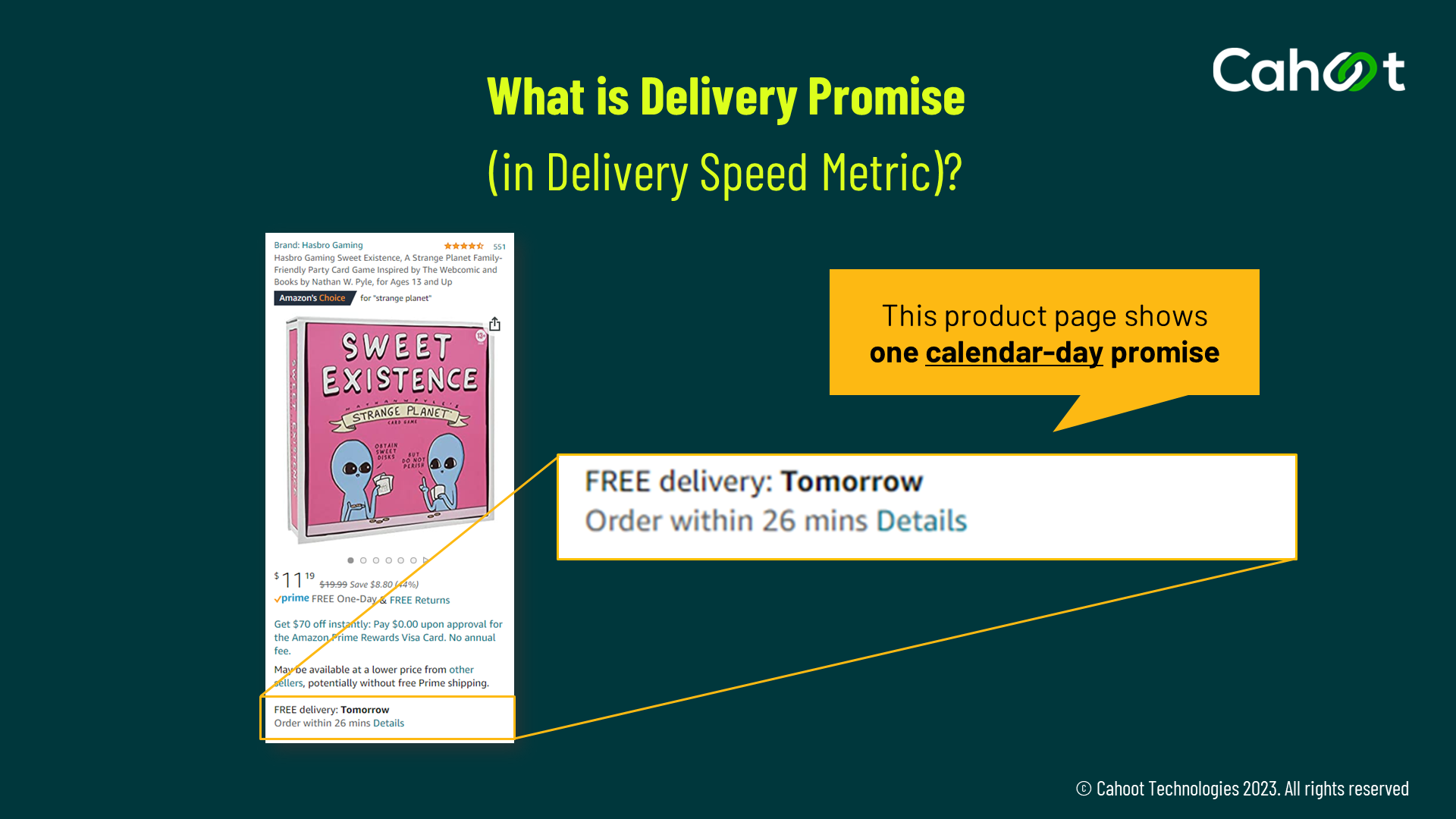
We see that this product detail page promises next-day delivery. Therefore, this pageview counts toward meeting the 1-day delivery requirement.
Consider a few more cases:

If a customer views the page before your cutoff time, then the item can get out the door that day and reach the customer tomorrow. This counts towards meeting both the one-day and two-day delivery requirements.
However, let’s say somebody looked at this page after the cut off time for shipping. This means the product will ship tomorrow and arrive the day after. This does not meet the one day promise, but it does meet the two day requirement.
This is how Amazon computes delivery speed metrics. It can be very deceptive because it’s not based on how many days the item spends in transit. It is all based on the delivery speed promised to customers on the product details page.
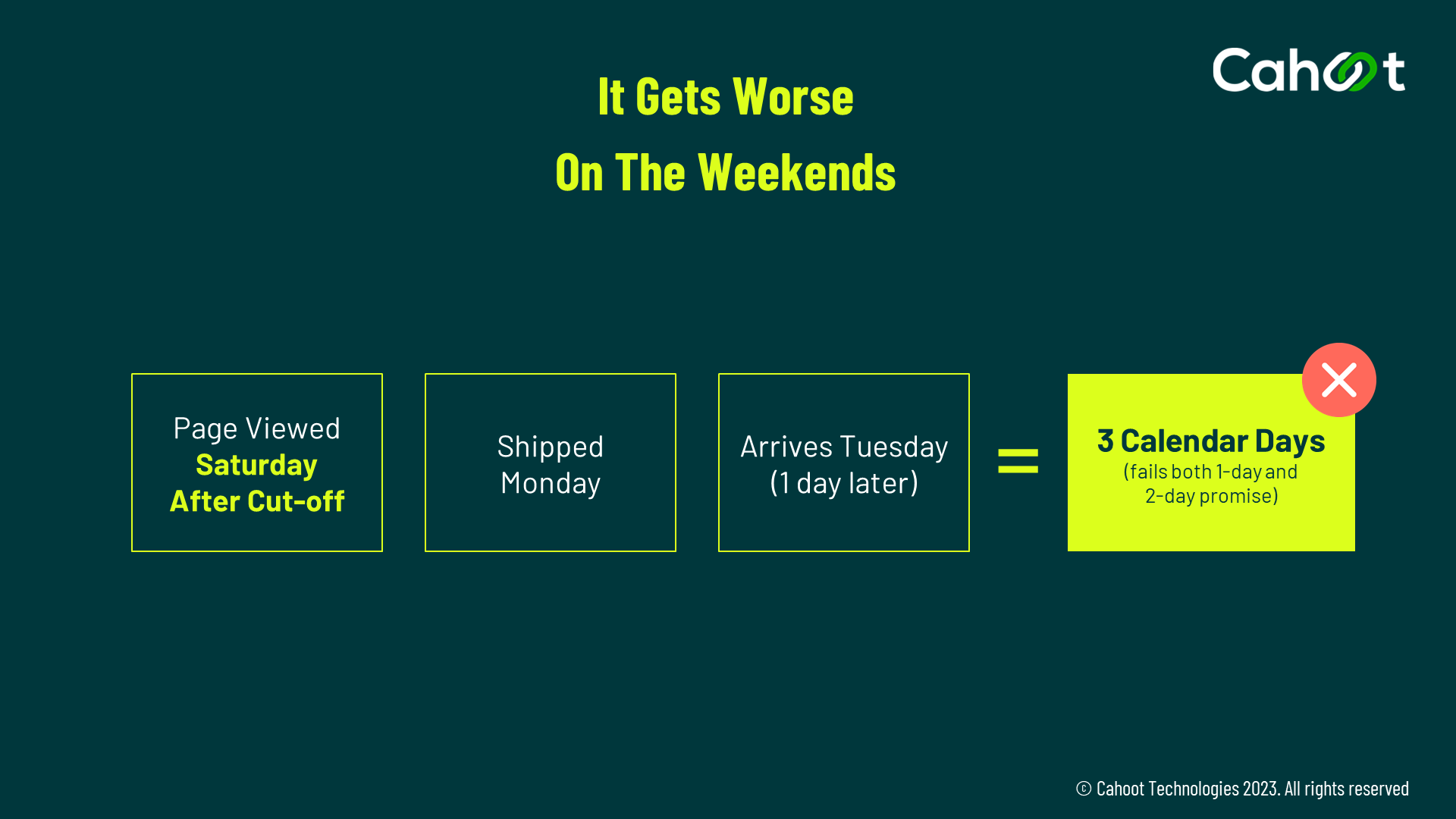
Things get worse on the weekends. Let’s say a customer looks at your product page after the cut-off time on Saturday, say at 7PM. Now that item will leave the warehouse (assuming you don’t ship Sundays) on Monday, and reach the customer on Tuesday – 3 days later. This scenario fails both one and two day promises.
So now that we’ve understood this complex requirement, what does it take to meet it?
You Need Even More Warehouses

Imagine you have two warehouses – one in New York and the other in Southern California. In this case, you’ll cover 23% of the population with 1-day delivery. However, because people look at the product detail page at different times (and see different delivery promises), you’ll promise one-day delivery only 10% of the time. Even with 4 strategically located warehouses, you’ll fall short of the 30% requirement for standard sized products. In our estimation, it could take as many as 8 to 9 warehouses to meet the Amazon Seller Fulfilled Prime delivery speed metrics.
Traditional 3PLs that have an extremely limited number of locations will find it difficult to meet these requirements. Sellers often try to sign up with multiple 3PLs to cover the country, and spend endless hours lost in process management figuring out how to make it all work. While exploring SFP partners, consider disruptive, differentiated solutions like peer-to-peer networks for order fulfillment that provide nationwide scale, while keeping costs low.
While the speed metrics for oversized SKUs has also increased, there is another reason that makes those items important now.
Let’s imagine you’re selling oversized items. Previously, sellers could cordon off a part of the country in their shipping template. A seller in California could choose to only serve West Coast states using ground shipping, and ignore customers in other parts of the country. This program was called Regional Seller Fulfilled Prime.
That’s no longer the case. Now that product must be available to customers all over the continental US. While sellers can deliver them in 3-5 days, this comes at the expense of delivery speed metrics. If you take 3-5 days to deliver oversized SKUs, you’ll get no views contributing toward 1-day and 2-day delivery promises. The positive for sellers is increased sales nationwide, but it reinforces the need for multiple warehouses.
Buy Shipping Usage is Now Optional
The last major change is that Amazon has made Buy Shipping usage optional. Sellers can purchase labels using any software. This is a positive for sellers.
Sellers have anecdotally reported errors on Buy Shipping. Sometimes a USPS service should be available, but Buy Shipping does not return it. This forces sellers to either purchase a more expensive label Amazon does believe can meet the SLA, or to print the label outside Buy Shipping and then go through a dispute resolution process.
With Buy Shipping usage no longer mandatory, sellers now have freedom to pick the most optimal option.
What Is EcomBalance?
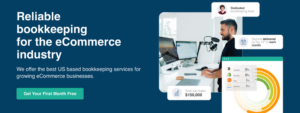
EcomBalance is a monthly bookkeeping service specialized for eCommerce companies selling on Amazon, Shopify, Ebay, Etsy, WooCommerce, & other eCommerce channels.
We take monthly bookkeeping off your plate and deliver you your financial statements by the 15th or 20th of each month.
You’ll have your Profit and Loss Statement, Balance Sheet, and Cash Flow Statement ready for analysis each month so you and your business partners can make better business decisions.
Interested in learning more? Schedule a call with our CEO, Nathan Hirsch.
And here’s some free resources:
- Monthly Finance Meeting Agenda
- 9 Steps to Master Your Ecommerce Bookkeeping Checklist
- The Ultimate Guide on Finding an Ecommerce Virtual Bookkeeping Service
- What Is a Profit and Loss Statement?
- How to Read & Interpret a Cash Flow Statement
- How to Read a Balance Sheet & Truly Understand It
Conclusion
Seller Fulfilled Prime offers sellers and their brands meaningful competitive advantages. However, the latest set of requirements have made 2 things imperative – outstanding technology systems, and a vast network of strategically located warehouses. By combining these two, you can offer fast delivery nationwide through economical ground shipping.
Amazon Seller Fulfilled Prime can improve your margins, grow sales and delight customers – but it does require planning, operational excellence and intelligent automation using powerful technology. Good luck, and happy selling!









